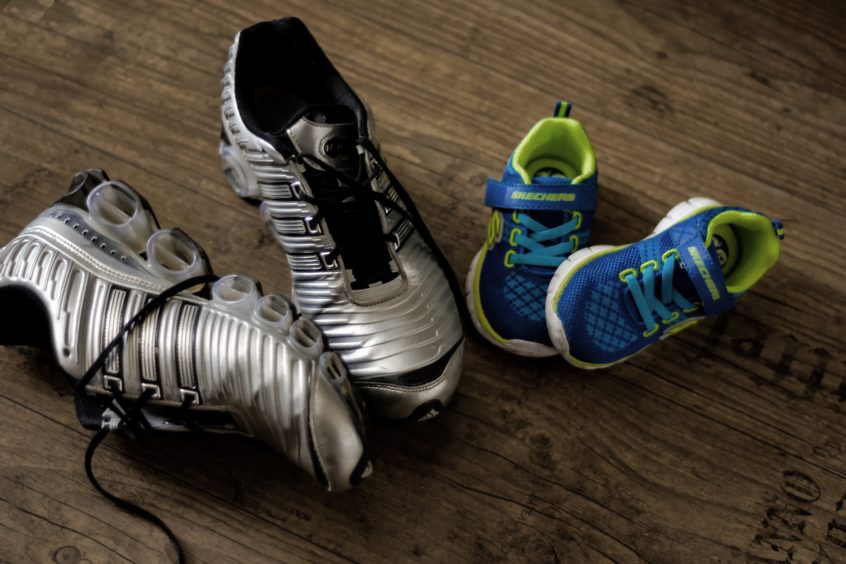Physical literacy is a holistic concept that recognises that all people are on a journey throughout life, but how can we chart progress on this journey? And why is it charting progress important anyway?
Margaret Whitehead has written previously about charting progress as being the most appropriate form of assessment of physical literacy (Whitehead, 2010). Each individual is on a unique and personal journey, therefore in order to track progress on this journey, we should engage in ipsative and individualised assessment (Edwards et al., 2016). This assessment has been called the ‘The missing piece’ within physical literacy research (Tremblay & Lloyd, 2010). It is an important step, as a clarified and standardised measure could provide empirical evidence for the claims, use and benefits of physical literacy.
Although some research is beginning to tackle the issue, it is by no means an easy task. The multi-faceted nature of physical literacy makes the development of an assessment or charting progress tool a complex undertaking (Lloyd, 2016). Whilst preserving the philosophical integrity of the concept also presents a range of potential problems (Edwards et al., 2016). However, within England, physical literacy has been highlighted as a key performance indicator within the recent DCMS and Sport England strategies, as such; the development of an assessment or charting progress tool for physical literacy is now pressing if we are to achieve the government’s vision for PE and physical activity in this country.
We are two researchers beginning a PhD with the aim of “Developing a Physical Literacy Assessment Tool for Primary School Children” and we are hoping to contribute to the physical literacy movement by creating a philosophically aligned assessment/charting progress tool, guided strongly by the work of Margaret Whitehead.
As part of our project, one of our first tasks has been to develop a short video, promoting the IPLA’s definition of physical literacy. We wanted it to be a useful way to summarise a complex definition and a way to start conversations about physical literacy. We have so far used it in presentations, lectures and of course on twitter!
We are keen to engage with a wider audience to discuss and promote the concept, so please comment on youtube, email, or tweet (using the hashtag #PL4Life) or contact us via Twitter (Cara Shearer – @Cara_Shearer94 and Hannah Goss – @hannah_goss).
References
- Edwards, L. C., Bryant, A. S., Keegan, R. J., Morgan, K., & Jones, A. M. (2016). Definitions, Foundations and Associations of Physical Literacy: A Systematic Review. Sports medicine, 1-14. doi:10.1007/s40279-016-0560-7
- Lloyd, R. J. (2016). Becoming physically literate for life: embracing the functions, forms, feelings and flows of alternative and mainstream physical activity. Journal of Teaching in Physical Education, 35(2), 107-116.
- Tremblay, M., & Lloyd, M. (2010). Physical Literacy Measurement The Missing Piece. Physical & Health Education Journal, 76(1), 26.
- Whitehead. (2010). Physical literacy: Throughout the Lifecourse. London: Routledge.

